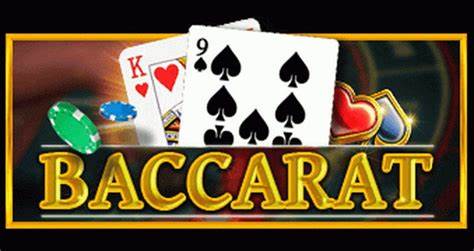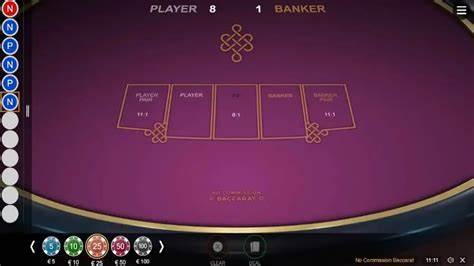Enjoy Playing Baccarat for Free at Superace
Baccarat: An In-Depth Analysis of Gameplay, Strategy, and Probabilistic Dynamics


Abstract
This article provides a comprehensive academic analysis of baccarat, a widely recognized casino card game. Emphasizing gameplay mechanics, betting strategies, and probabilistic dynamics, the study explores how baccarat combines simplicity with strategic depth to offer a unique wagering experience. The analysis further discusses the game’s cultural significance and its role in modern casino environments.
Introduction
Baccarat is a prominent casino card game known for its simplicity and elegance, making it a favored option in both land-based and online casinos. As a game of chance with a low house edge, baccarat attracts a diverse range of players, from novices to experienced gamblers. This article examines the fundamental aspects of baccarat, including its rules, gameplay mechanics, and strategic considerations, while also discussing the probabilistic principles that underpin its operation.
Historical Context and Cultural Significance
Baccarat has a rich history that spans several centuries, originating in Europe and evolving into various forms throughout the years. The game’s enduring appeal is largely attributed to its simple rules and the aura of sophistication that surrounds it. Baccarat has become a cultural symbol in the casino industry, often associated with high stakes and elite gambling environments. Its evolution from a pastime of aristocrats to a widely accessible casino game illustrates its significant impact on modern gambling culture.
Gameplay Mechanics and Rules
Basic Structure
Baccarat is typically played with multiple decks of cards and involves two primary hands: the Player and the Banker. The game’s objective is to predict which hand will have a total value closest to nine. An additional betting option is a tie, which, despite its higher payout, carries a greater house edge.
Card Values and Scoring
The game employs a straightforward scoring system:
Aces are valued at one point.
Cards 2 through 9 maintain their face values.
Tens and face cards (Jacks, Queens, and Kings) are valued at zero. The total score of a hand is determined by summing the values of the individual cards and considering only the unit digit of the sum. For example, a hand totaling 14 is scored as 4. This method simplifies gameplay and accelerates the pace of the game.
Dealing Process
The dealer distributes two cards to both the Player and the Banker. Based on the initial totals, a third card may be drawn according to pre-established rules. These rules ensure that the game adheres to a fixed structure, minimizing the influence of subjective decision-making on the outcome.
Betting Strategies and Probabilistic Analysis
The Banker Bet Advantage
Empirical evidence suggests that the Banker bet offers a marginal statistical advantage over the Player bet, primarily due to its lower house edge. Consequently, a common strategic approach is to consistently wager on the Banker hand. Despite the commission imposed on Banker wins, the probability of success makes this strategy a preferred choice for many players.
Progressive Betting Systems
Some players implement progressive betting systems, such as the Martingale or Fibonacci strategies, to manage losses and potentially enhance winnings. These systems involve increasing the bet size after losses, aiming to recover previous deficits when a win occurs. However, the effectiveness of such strategies is limited by table limits and the inherent randomness of the game.
Role of Probability and Variance
The outcomes in baccarat are largely determined by probability and variance. Despite strategic betting, the game remains predominantly a game of chance. Understanding the statistical probabilities associated with different bets allows players to make informed decisions; however, the impact of short-term variance can significantly influence individual results.
Technological Integration and Online Adaptation
The transition of baccarat from traditional casinos to online platforms has been facilitated by technological advancements. Online baccarat preserves the game’s fundamental mechanics while offering enhanced features such as live dealer interactions and real-time betting options. These technological integrations contribute to a more immersive and accessible gambling experience, broadening the appeal of baccarat in the digital era.
Conclusion
Baccarat remains a quintessential casino game, celebrated for its simplicity, strategic depth, and low house edge. Through a thorough examination of its gameplay mechanics, betting strategies, and probabilistic framework, this article highlights how baccarat continues to captivate players in both traditional and online casino environments. Despite the limitations imposed by chance, informed betting strategies and an understanding of probability can enhance the overall gaming experience, ensuring baccarat’s enduring appeal in the competitive world of casino gaming.



